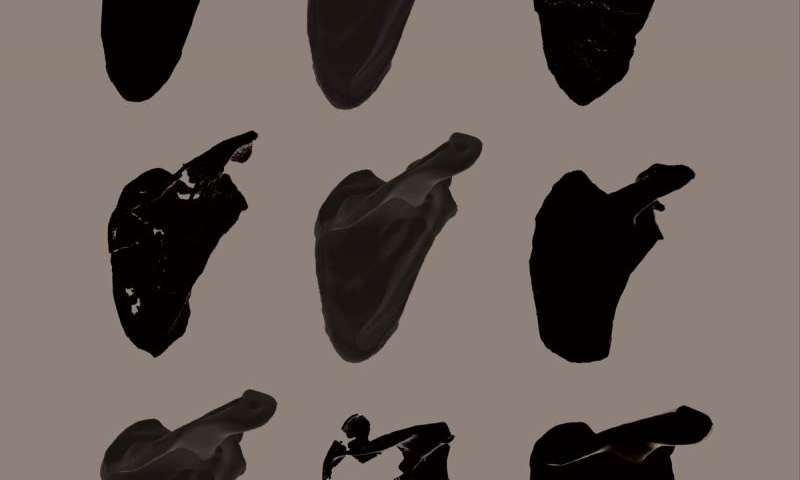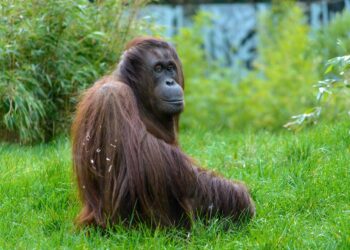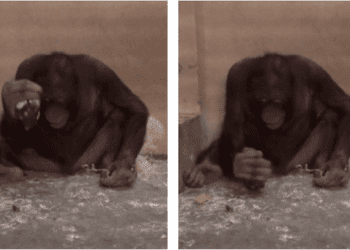A new study shows that evolution’s burden is distinctly visible on our shoulders – literally. Our shoulders are surprisingly similar to those of orangutans, as opposed to those of our closest relatives, chimps. This allowed us to be better throwers but also made us more prone to injuries.

Humans started splitting from other species in the Pan genus some 6-7 million years ago. The genus Pan is part of the subfamily Homininae, to which humans also belong. In many ways, we are today similar to chimps. Classic research by Mary-Claire King in 1973 found 99% identical DNA between human beings and chimpanzees, although today that number is believed to be closer to 94%; in genetic terms, we are almost identical to chimps, and many similarities are easy to see. However, when it comes to shoulders, we’re more like our distant cousins the orangutans: less suited for climbing and better at handling tools and throwing things.
“Humans are unique in many ways. We have features that clearly link us with African apes, but we also have features that appear more primitive, leading to uncertainty about what our common ancestor looked like,” said Nathan Young, PhD, assistant professor at UC San Francisco School of Medicine and lead author of the study. “Our study suggests that the simplest explanation, that the ancestor looked a lot like a chimp or gorilla, is the right one, at least in the shoulder.”
Human shoulder blades are built for labor and not climbing, but 3D scans of shoulder blades from humans, early-human ancestors, apes, and monkeys alike seem to indicate that all of them are similar enough to suggest that we evolved from an ape model. According to researchers, it took quite a while for us to adapt from a tree-based life to moving on the ground and using tools, but we did adapt, and so did our shoulders (in time).
“These changes in the shoulder, which were probably initially driven by the use of tools well back into human evolution, also made us great throwers,” study author Neil T. Roach, a fellow of human evolutionary biology at Harvard University, said in a statement. “Our unique throwing ability likely helped our ancestors hunt and protect themselves, turning our species into the most dominant predators on earth.”
The study started with the class “That’s odd…” statement. Researchers realized that the human shoulder is strange.
“Human shoulder blades are odd, separated from all the apes. Primitive in some ways, derived in other ways, and different from all of them,” Young said. “How did the human lineage evolve and where did the common ancestor to modern humans evolve a shoulder like ours?”
To figure this out, they studied two early human Australopithecus species, the primitive A. afarensis and younger A. sediba, as well as H. ergaster and Neandertals, to build up a sort of shoulder spectrum and see how everything fits.
“Finding fossil remains of the common ancestor would be ideal, however, when fossils are absent, employing such multifaceted techniques is the next best solution,” said Zeray Alemseged, PhD, senior curator of Anthropology at the California Academy of Sciences.
But even with the resources they had available, they were able to establish the relationship between the different shoulders.
The switch came with a bunch of trade-offs, both positive and negative. For starters, human shoulders are better at throwing things fast and precise, which certainly helped our ability to hunt. However, this also left us more prone to shoulder injuries, which is still visible today. Americans get approximately 2 million rotator cuff injuries each year. Actually, this research could help those suffering from this type of injuries:
“We could potentially use information about the shape of an individual’s shoulder to predict if they have a higher likelihood of injury and then recommend personalized exercise programs that would best help to prevent them,” Young said. “For a baseball pitcher, depending on your shoulder shape, you might want to emphasize some strengthening exercises over others to protect your rotator cuff.”






